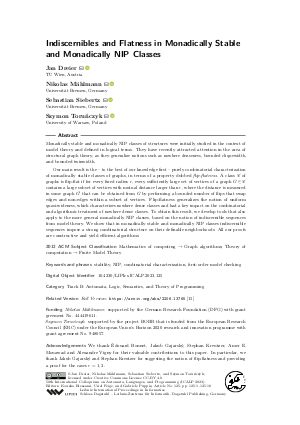LIPIcs.ICALP.2023.125.pdf
- Filesize: 0.99 MB
- 18 pages

 Creative Commons Attribution 4.0 International license
Creative Commons Attribution 4.0 International license





















Feedback for Dagstuhl Publishing